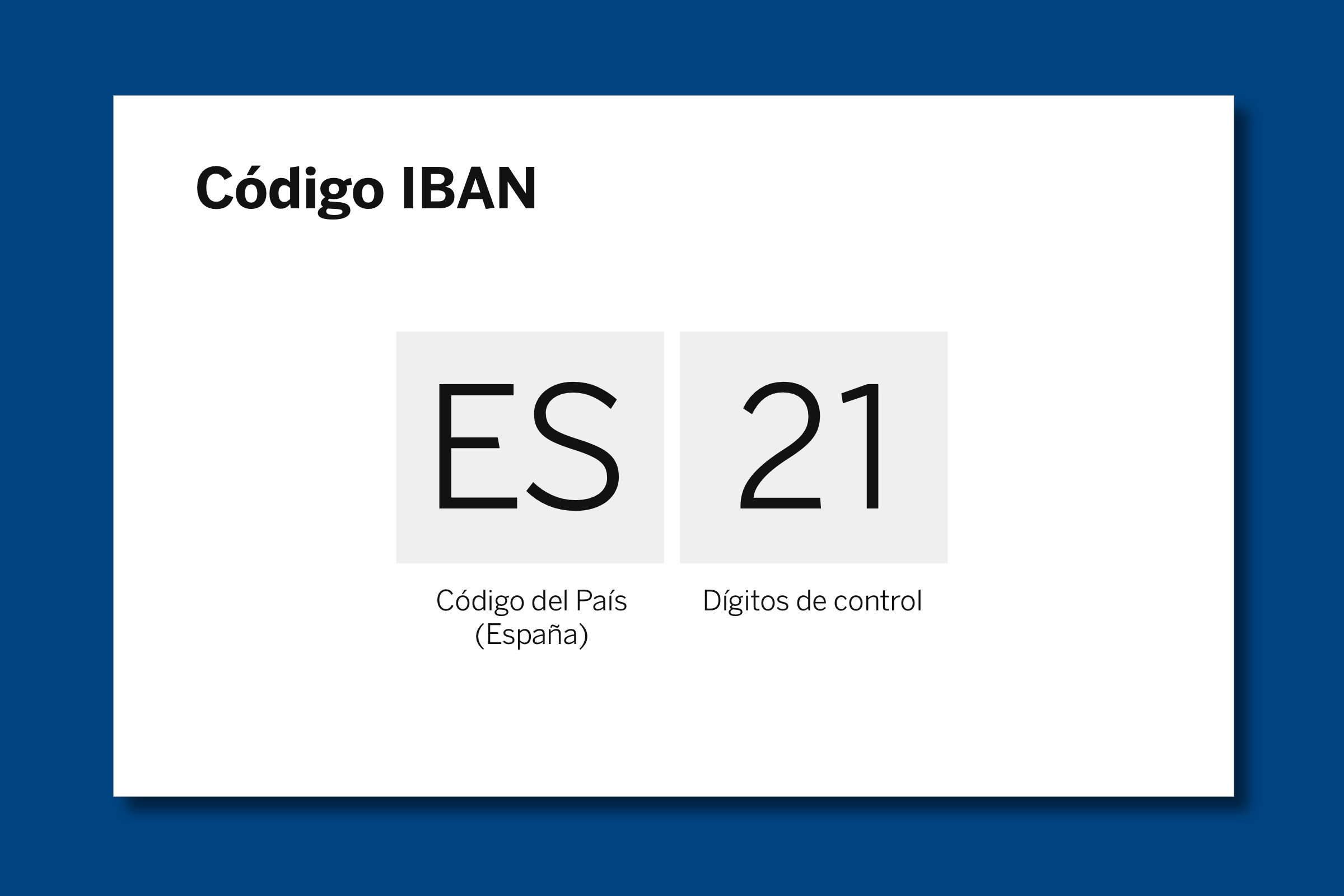What Is An ABA Number: A Comprehensive Guide To Understanding And Using ABA Numbers
Understanding the ABA number is essential for anyone dealing with banking transactions in the United States. Whether you're sending or receiving money, the ABA number plays a crucial role in ensuring smooth and secure transactions. In this article, we will explore everything you need to know about ABA numbers, including their definition, purpose, and how to locate them.
An ABA number, also known as the American Bankers Association routing number, is a unique 9-digit code assigned to financial institutions in the United States. This number helps identify the specific bank or credit union involved in financial transactions. The ABA number ensures that funds are routed correctly between institutions, making it an essential component of the banking system.
Throughout this article, we will delve deeper into the importance of ABA numbers, how they function, and their role in various banking processes. By the end of this guide, you'll have a clear understanding of what an ABA number is and how it impacts your financial transactions.
Read also:Life Smiles Dental Studio San Antonio Your Ultimate Guide To Exceptional Dental Care
Table of Contents:
- What is an ABA Number?
- The History of ABA Numbers
- The Purpose of ABA Numbers
- Structure of an ABA Number
- How to Find Your ABA Number
- Common Uses of ABA Numbers
- ABA vs. SWIFT: Understanding the Differences
- ABA Number Security Considerations
- Common Questions About ABA Numbers
- Conclusion
What is an ABA Number?
An ABA number, often referred to as the routing transit number (RTN), is a sequence of nine digits that identifies a financial institution in the United States. It was introduced by the American Bankers Association in 1910 to streamline banking operations and ensure accurate processing of checks and other financial instruments. The ABA number is used to route money transfers between banks, making it an integral part of the banking infrastructure.
Importance of ABA Numbers in Banking
ABA numbers are vital for several banking processes, including direct deposits, automatic bill payments, and wire transfers. Without an accurate ABA number, transactions may be delayed or sent to the wrong institution, causing inconvenience for both the sender and recipient.
The History of ABA Numbers
The concept of ABA numbers dates back to 1910 when the American Bankers Association sought to standardize the banking system. Initially developed for check processing, the ABA number has evolved to accommodate modern electronic transactions. Today, ABA numbers are used for a wide range of financial operations, ensuring seamless communication between banks.
Evolution of ABA Numbers
Over the years, ABA numbers have adapted to meet the demands of an increasingly digital banking landscape. From manual check processing to electronic fund transfers, the ABA number remains a cornerstone of the financial system. Its adaptability has ensured its relevance in today's fast-paced financial world.
The Purpose of ABA Numbers
The primary purpose of an ABA number is to identify the specific financial institution involved in a transaction. This ensures that funds are routed correctly and efficiently, reducing the risk of errors. Additionally, ABA numbers play a crucial role in maintaining the integrity of the banking system by providing a standardized method for tracking transactions.
Read also:Panther National The Ultimate Guide To Exploring Wilderness Adventures
Key Functions of ABA Numbers
- Identifying financial institutions
- Facilitating electronic fund transfers
- Supporting direct deposits and automatic payments
- Ensuring secure and accurate transaction processing
Structure of an ABA Number
An ABA number consists of nine digits, each with a specific purpose. The first four digits represent the Federal Reserve Routing Symbol, while the next four digits identify the financial institution. The final digit is a check digit used to verify the accuracy of the ABA number.
Breaking Down the ABA Number
- Digits 1-4: Federal Reserve Routing Symbol
- Digits 5-8: Financial Institution Identifier
- Digit 9: Check Digit
How to Find Your ABA Number
Locating your ABA number is relatively straightforward. It can typically be found at the bottom of your checks, on your bank statement, or through your bank's website or mobile app. If you're unsure where to find it, contacting your bank's customer service can provide additional assistance.
Steps to Locate Your ABA Number
- Check the bottom of your personal checks
- Review your bank statement
- Log in to your bank's online platform
- Contact your bank's customer service
Common Uses of ABA Numbers
ABA numbers are utilized in various banking processes, including direct deposits, automatic bill payments, and wire transfers. They ensure that funds are sent to the correct institution, preventing errors and delays. Understanding the different uses of ABA numbers can help you navigate the banking system more effectively.
Examples of ABA Number Usage
- Direct deposit of paychecks
- Automatic payment of bills
- Wire transfers between banks
- Processing of checks
ABA vs. SWIFT: Understanding the Differences
While ABA numbers are used for domestic transactions within the United States, SWIFT codes are utilized for international transfers. Understanding the distinction between these two systems is essential for anyone engaging in cross-border financial activities.
Key Differences Between ABA and SWIFT
- ABA: Domestic transactions in the U.S.
- SWIFT: International transactions
- ABA: 9-digit code
- SWIFT: 8-11 character alphanumeric code
ABA Number Security Considerations
Protecting your ABA number is crucial to preventing unauthorized access to your financial accounts. Sharing your ABA number with trusted entities is generally safe, but exercising caution is always advisable. Implementing strong security measures, such as two-factor authentication, can further safeguard your banking information.
Tips for Securing Your ABA Number
- Only share your ABA number with trusted parties
- Enable two-factor authentication for your bank accounts
- Regularly monitor your account activity
Common Questions About ABA Numbers
Many individuals have questions about ABA numbers, ranging from their purpose to how they function. Below, we address some of the most frequently asked questions to provide clarity on this important banking tool.
FAQs About ABA Numbers
- What is an ABA number used for?
- How do I find my ABA number?
- Is it safe to share my ABA number?
- What is the difference between ABA and SWIFT codes?
Conclusion
In conclusion, understanding what an ABA number is and how it functions is essential for anyone involved in banking transactions in the United States. From facilitating direct deposits to ensuring secure wire transfers, ABA numbers play a critical role in the financial system. By familiarizing yourself with their purpose and usage, you can navigate the banking landscape with confidence and ease.
We encourage you to share this article with others who may benefit from learning about ABA numbers. For more insights into banking and finance, explore our other articles or leave a comment below with any questions or feedback. Together, let's enhance our financial knowledge and empower ourselves in the world of banking.
References:


